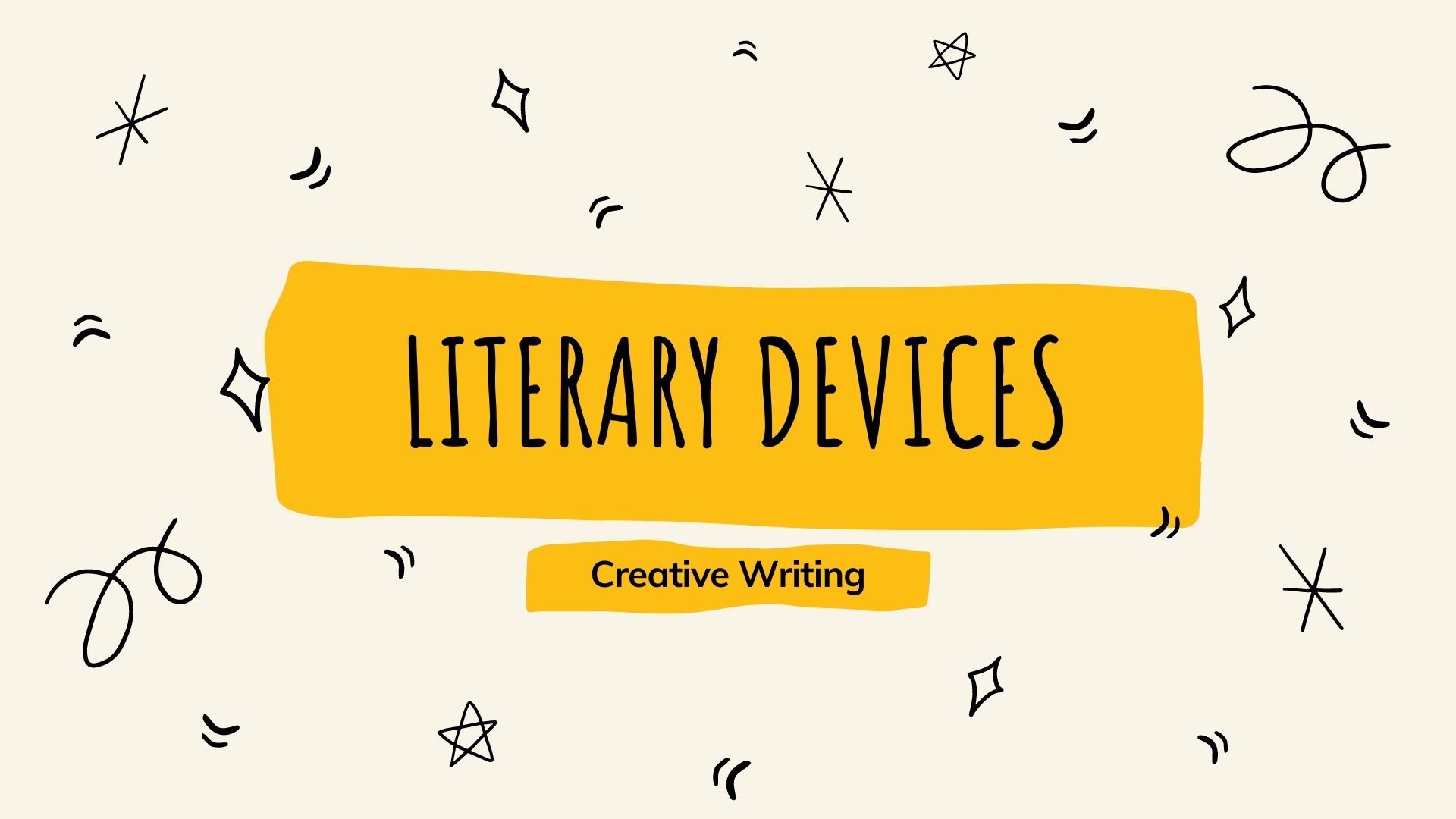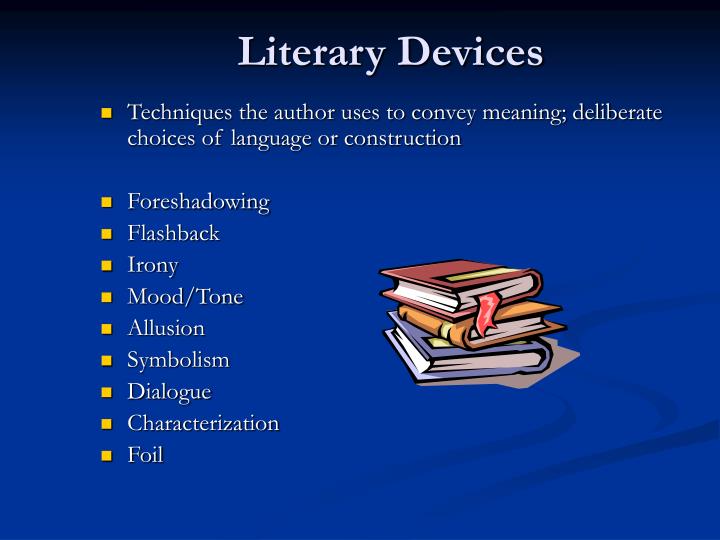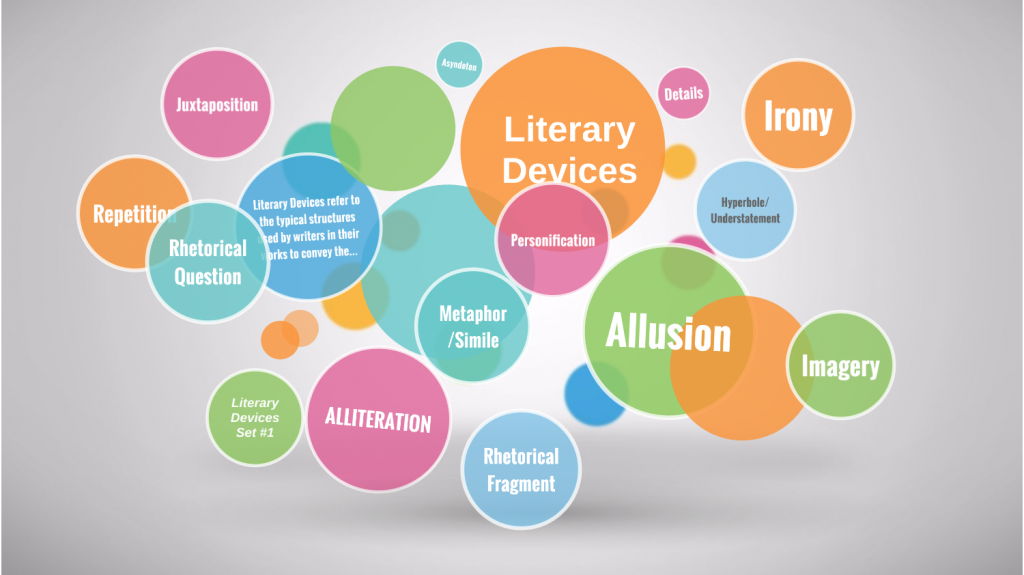Used on plots and characters, literary devices can elevate the value of a story and easily prompt reflection on life and society and give readers a clear understanding of a given subject or character.
Given the role they play in writing, the use of literary devices might just be the secret recipe to that A+ paper.
Literary devices used in writing include allegory, allusion, cliffhanger, dramatic irony, satire, personification, simile, motif, imagery, flashbacks, and symbolism.
In this guide, we’ll look at what literary devices are, learn why they’re important, and give you detailed examples that you can incorporate into your writing to make your assignment more comprehensive and interesting to read.
What Are Literary Devices?
A literary device is a writing technique used by professional writers and students to improve writing.
Since literary devices highlight the most significant details in a piece of writing, it makes it easy for readers to not only connect with the characters in the story but also understand the underlying themes.
Quite too often, these devices work on intellectual level, although it’s not uncommon to notice some emotional effects from the same.
There are many literary devices used in writing, from those used at the sentence to the ones that serve an entire piece of writing. Each device serves a unique purpose, and you can use multiple literary devices to communicate with your audience.
Literary devices are easy to integrate into your writing, so you should use them intentionally to add an extra something to your writing.
Given that they deal mostly with sound, meaning, repetition, and description of words and phrases, these devices can create a deeper connection between your audience and your story and elicit emotional reactions in the process.
Why are Literary Devices Important?
For a writer, literary devices allow you to communicate your message from a unique angle. With these devices, you’re able to mention the most important concept in a sentence, a paragraph, or an entire essay.
If used correctly, literary devices can make it easy for you connect theme and characters and strengthen your narrative.
Literary devices can easily grab readers’ attention and keep them reading your narrative.
Moreover, it makes it easy for them to establish a stronger connection between characters and themes in a narrative on a deeper level because they understand the message you’re trying to communicate.
Different Types of Literary Devices to Use in Your Writing
In the following, we’ll look at examples of literary devices that you can use to make your narratives more engaging.
Allegory
Use this literary device to simplify large, complex concepts and thematic ideas and themes.
Sometimes, allegories are dark and controversial. But you can distant yourself from an issue, especially if it comes to criticizing sensitive social, economic, and political status.
In other words, you use characters, events, objects, and other relevant elements to describe something in a way your readers can understand.
In the case where you distant yourself from the issue(s) you’re discussing, you can even go as far as to use symbols to uncover a hidden meaning in a story.
Allusion
Allusion is a powerful literary device for creating relationship to known works. It can reference just about anything provided it helps to develop characters and storylines. In other words, you take a known character from a known story and add some of your own work to it.
Although not a common case, allusions can be somewhat confusing and risky altogether, especially if your readers have no idea what character you’re referring to. That notwithstanding, it can be a powerful literary device if used right.
The key to implementing allusion in your writing is to keep things as simple as possible. Instead of referring to characters, objects, events, or places in details, just mention them. A mere mention is enough to grab your readers attention and even communicate your message in a better way than you would if you used plain words and phrases.
Anachronism
Anachronism is where an author refers to a character or object in a different time than when it existed. We refer to this as error in chronology.
Educators refer to anachronism as an error in writing. However, sometimes authors use intentionally to add humor, reference a period in history, or comment on a theme such as society and time.
Cliffhanger
Bring the kind of suspense you see in a 2-hour movie flick to writing with a cliffhanger. Besides marking the end in a section of a story, cliffhangers are great for keeping your audience engaged in a story.
Dramatic Irony
Effective in works for literature, film, and television, dramatic irony is where an audience already knows the fate of characters in a story, but the character don’t know the fate of each other.
Foreshadowing
Foreshadowing is a powerful literary device that somewhat indicates the future in an anecdote.
Like flashback, this literary device creates tension, suspense, and sometimes both at the same time.
Since foreshadowing makes your readers crave for more of what’s yet to come, it’s such a powerful literary device to use if you want to keep them glued to your story.
Hyperbole
Hyperbole is an exaggeration of a statement, which gives more significance on the meaning of that very statement. For example, telling a friend that you haven’t gone to the movies in a coon’s age is a hyperbole.
Oxymoron
In its very form, an oxymoron is a figurative approach to language where authors use a combination of words in a non-literal sense to come up with new words or phrases with completely new meanings.
Personification
Rarely do we read a book and not see personification. It’s a powerful writing strategy that give human attributes to non-human objects, with the primary objective being to communicate an idea in a more imaginary and meaningful way.
Satire
Satire is a literary device used to make fun of things, places, society, or human nature. Writers use satirical approach through ridicule, exaggerations, or irony.
To be clear, authors don’t use satire to invoke hatred or demean.
Mostly, it’s to elicit humor and drive a social change. It’s so common today that it fits in just about any work of entertainment and art.




